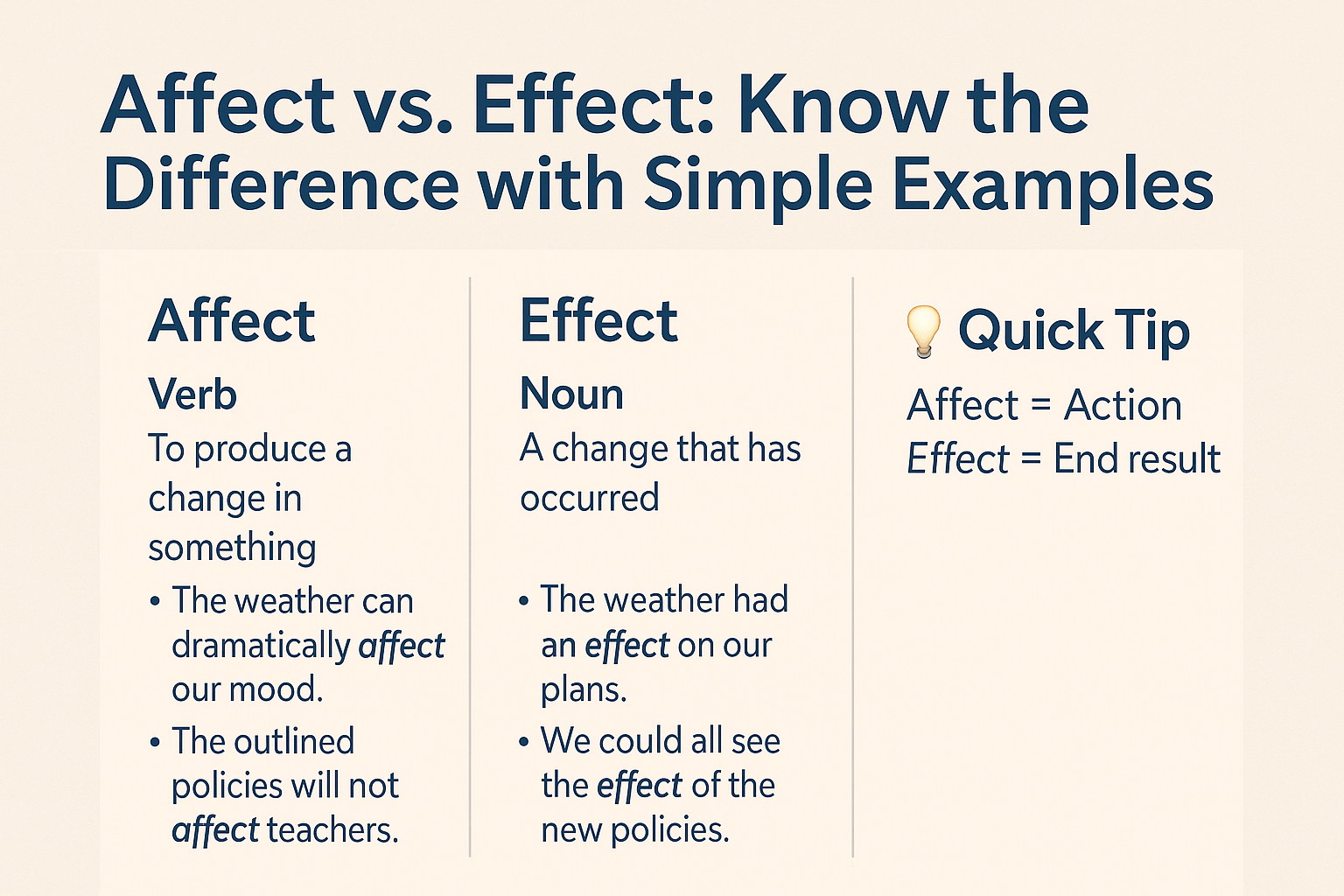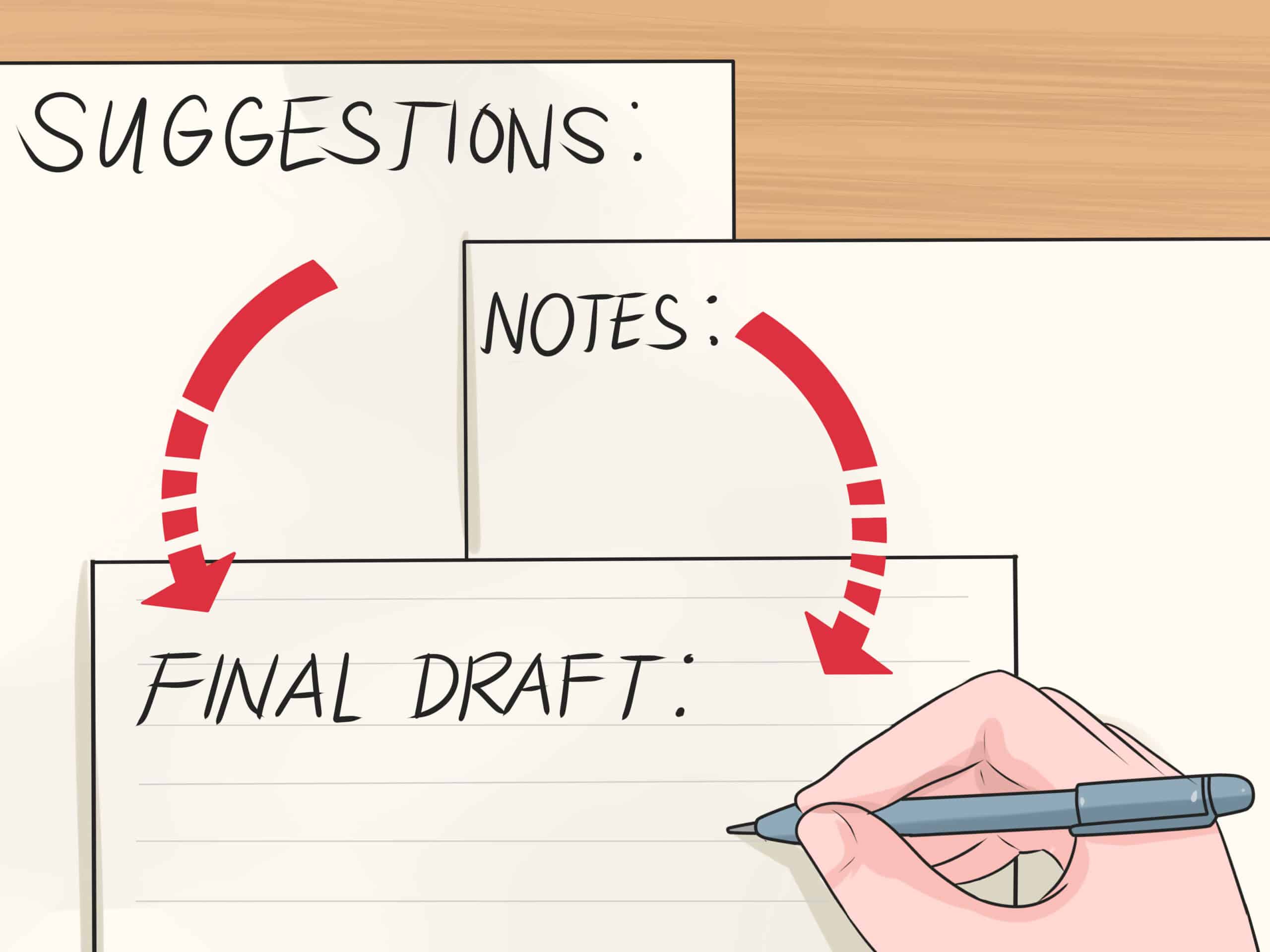
How to Avoid Passive Voice in Writing: Practical Tips & Examples
Have you ever been told your writing sounds dull or unclear? Passive voice might be the reason. While it’s not always wrong, overusing it can make your sentences weak or confusing. This guide will help you understand what passive voice is, why it matters, and how to avoid it with simple tips and examples.
What Is Passive Voice?
In passive voice, the subject of the sentence receives the action rather than doing it.
Passive:
The letter was written by Sarah.
Active:
Sarah wrote the letter.
In the active sentence, the subject (Sarah) is doing the action (writing). In the passive sentence, the focus is on the object (the letter), and the doer is often pushed to the end—or left out completely.
Why Avoid Passive Voice?
While passive voice has its place, too much of it can:
- Weaken your writing
- Hide who is responsible for the action
- Make sentences longer and harder to read
- Reduce clarity and engagement
For example:
- Passive: Mistakes were made.
- Active: The manager made mistakes.
The active version is clearer and more direct.
How to Spot Passive Voice
Look for these clues:
- Forms of “to be” (am, is, are, was, were, be, been, being)
- Past participles (usually ending in -ed, though not always)
- The word “by” (though not always present)
If your sentence contains those elements, it may be passive.
Tip 1: Identify the Subject and Verb
To revise a sentence, ask yourself:
- Who is doing the action?
- What is the action?
- Who or what is affected?
Example:
Passive: The window was broken.
Active: The child broke the window.
By identifying the doer (the child), you can rewrite the sentence to make it clearer.
Tip 2: Use Strong, Specific Verbs
Passive voice often relies on weak constructions. Choose vivid verbs that show action.
Passive:
The report was completed by the assistant.
Active:
The assistant completed the report.
Even better:
The assistant finalized the report before noon.
Tip 3: Remove Unnecessary Forms of “To Be”
Forms of “to be” can make your writing feel flat. Look for ways to rewrite them.
Passive:
The project is being managed by three people.
Active:
Three people are managing the project.
Tip 4: Ask “By Whom?”
If you can add “by someone” to the sentence and it still makes sense, it might be passive.
Passive:
The decision was made (by someone).
Active:
The committee made the decision.
Use this test to catch passive voice quickly.
Tip 5: Practice with Common Sentences
Here are more examples you can practice rewriting:
| Passive | Active |
| The cake was baked by Mary. | Mary baked the cake. |
| The rules were explained to the team. | The coach explained the rules. |
| The essay was written in two hours. | She wrote the essay in two hours. |
| A mistake was found in the report. | The editor found a mistake in the report. |
Tip 6: Use Active Voice for Instructions and Messages
When giving instructions, active voice is more engaging and clear.
Passive:
The password should be entered.
Active:
Enter the password.
Use direct action words to make instructions easier to follow.
When Is Passive Voice Okay?
Not all passive sentences are wrong. Sometimes, you want to:
- Emphasize the object rather than the doer
- Avoid assigning blame
- Use a formal or scientific tone
Example (Scientific Writing):
The solution was heated to 100°C.
Still, in everyday writing, using active voice is often more powerful.
Tip 7: Revise One Sentence at a Time
You don’t need to eliminate all passive voice at once. Start by reviewing each paragraph:
- Circle the verbs
- Check if the subject performs the action
- Rewrite where needed
Small edits can make a big difference.
Final Thoughts
Using active voice makes your writing clear, confident, and easy to follow. By learning how to spot and revise passive constructions, you can improve your communication and make your message stronger.





